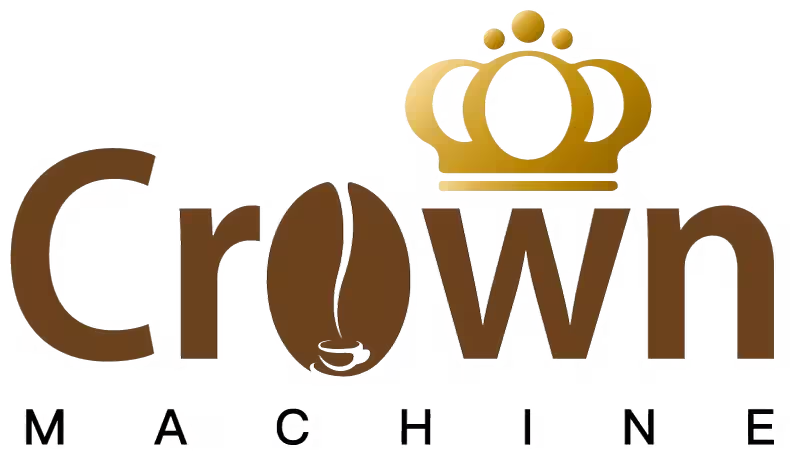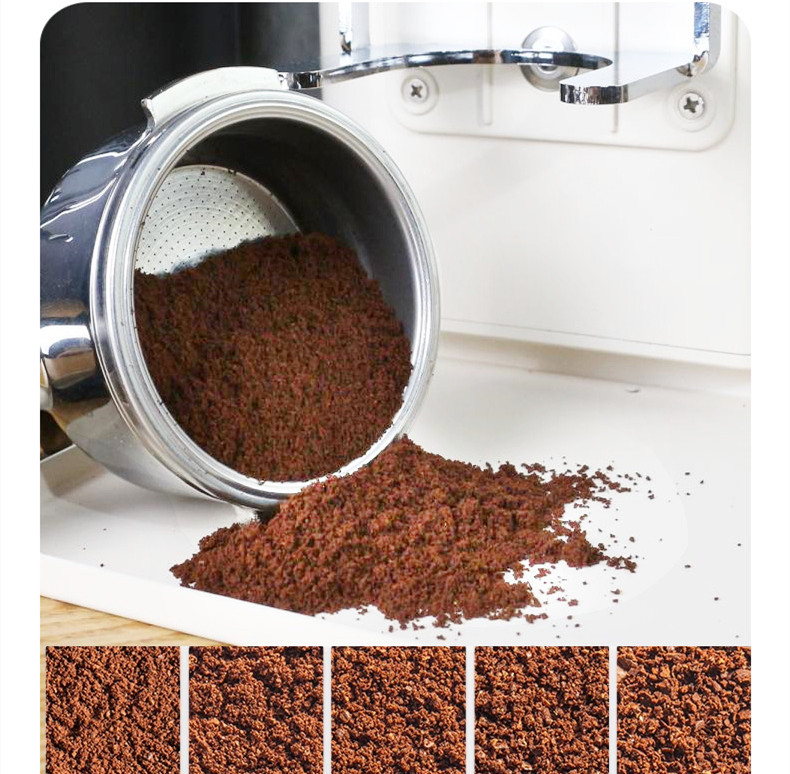The convection commercial coffee roaster (also known as the hot air commercial coffee roaster) has the following performance characteristics:
Advantages
High heating efficiency: The hot air roaster uses a blower to draw in air and then passes it through a heating coil to increase its temperature. Hot air serves as the heating source, which can quickly transfer heat to the coffee beans, causing them to heat up rapidly and shortening the roasting time.
Uniform heating: Hot air not only provides the required temperature for roasting but also uses the power of air flow to stir the coffee beans, ensuring that the coffee beans are heated evenly during the roasting process. This avoids local overheating or insufficient heating, guaranteeing the stable quality of the roasted coffee beans.
Easy to control: By adjusting the wind speed of the blower and the temperature of the heating coil, the temperature and airflow during the roasting process can be precisely controlled, thereby achieving precise control of the roasting degree and meeting the needs of different coffee beans and roasting styles.
The flavor is clean and bright: Due to the rapid heating and uniform distribution of the hot air roaster, the original flavor of the coffee beans can be well preserved. The coffee roasted in this way has a clean and bright flavor with a relatively high acidity, making it suitable for coffee lovers who prefer a fresh taste and bright acidity.
Disadvantages
Rapid heating can lead to undercooked beans: Due to the high heating efficiency, it is easy to cause rapid heating, resulting in undercooked beans. Excessive temperature rise can also easily lead to insufficient caramelization reaction, resulting in a monotonous and dull flavor.
Poor performance in deep roasting: During deep roasting, a hot air roaster may not be able to endow coffee beans with the rich body and complex flavors as direct fire or semi-hot air roasters do. The coffee produced sometimes becomes too “clean” and loses a sense of body.


